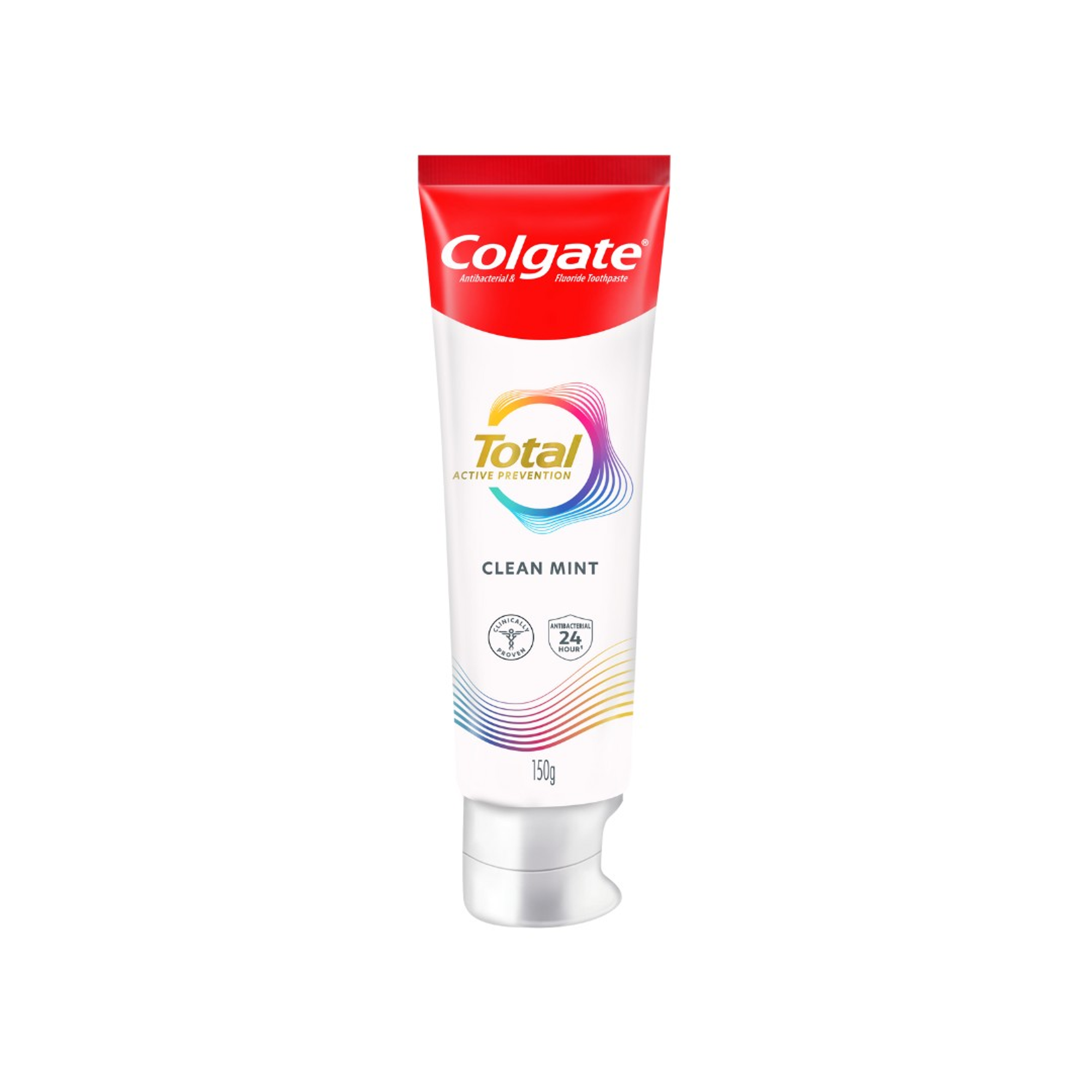-
-

ADULT ORTHODONTICS
Should You Use Mouthwash Before or After Brushing?Brushing and flossing are the foundation of a good oral hygiene routine, but mouthwash can also be a useful addition...

SELECTING DENTAL PRODUCTS
Soft Vs. Hard Toothbrush: Which One Should You Use?The toothbrush has come a long way. As the American Dental Association (ADA) notes...
-
Science & Innovation
- Oral Health and Dental Care | Colgate®
- Oral Health
- Should You Use A Toothbrush Cover?


At any given moment, your mouth is teeming with hundreds of different types of bacteria, which is why you need to brush your teeth regularly. It shouldn't be shocking to learn that these germs can transfer to your toothbrush. Depending on where and how you store your brush, it can pick up bacteria from outside of the mouth. Can using a toothbrush cover reduce the amount of bacteria on your brush?
Toothbrush Germs
Believe it or not, the bacteria on your toothbrush may not be all that bad. The American Dental Association (ADA) reports that even though bacteria accumulates on your toothbrush, there is no indication that these germs negatively affect your oral or general health.
Your body is continually subject to bacteria, but it fights off infections by using passive and active mechanisms. Skin and mucous membranes are passive barriers that keep germs out of the body. If the skin or membranes become compromised, your body uses antibodies (white blood cells), as well as digestive acids and enzymes to protect you from disease . However, someone who has a compromised immune system or a disease that is transferable by blood or saliva may consider taking extra precautions to reduce bacterial contamination on their toothbrush.
Disinfecting Your Toothbrush
You can find all kinds of gadgets and solutions that claim to sanitize or disinfect your toothbrush, but sanitizing is different from sterilizing. Sterilizing means that all bacteria are eliminated, while sanitizing means your brush won't be entirely germ-free.
The ADA explains that there isn't conclusive data on the effectiveness of disinfecting your toothbrush with solutions like antimicrobial mouthwash or hydrogen peroxide. It's important, however, to not put your toothbrush in the dishwasher or microwave, as these cleaning methods will likely damage your brush.
A toothbrush cover may seem like a good option for keeping your toothbrush clean, but the ADA notes that closed containers create a moist environment that actually promotes the growth of bacteria.
Toothbrush Care Recommendations
Here's a list of the ADA's toothbrush care recommendations. You may already be doing most of these things, but it's a good idea to reassess your routine once in a while.
Do not share your toothbrush with anyone in your family. Sharing can put you at risk for infection, especially if a family member has a compromised immune system.
After each use, rinse your toothbrush with water to remove all food debris and toothpaste.
Store your toothbrush uncovered in an upright position and allow it to air dry away from bathroom contamination.
Replace your toothbrush every three to four months or sooner if the bristles are frayed or you have been sick. Your child's toothbrush may need more frequent replacements.
Avoiding Infection
If you are more susceptible to infections due to a systemic disease, the flu, chemotherapy or radiation treatments, taking extra safeguards to prevent bacteria exposure may be worthwhile. These individuals should replace their toothbrush more often than the usual three to four months and consider using an antimicrobial mouthwash on the brush to reduce the amount of bacteria. Before trying any toothbrush sanitizer, check that product has been approved by the Food and Drug Administration.
Whether you're sick or healthy, wash your hands before brushing your teeth to prevent transferring germs to your mouth.
Use common sense and implement some basic hygiene routines to keep your mouth as clean as possible. Scheduling regular appointments with your dentist will also ensure your teeth stay healthy.
Related Products

Helping dental professionals
More professionals across the world trust Colgate. Find resources, products, and information to give your patients a healthier future











